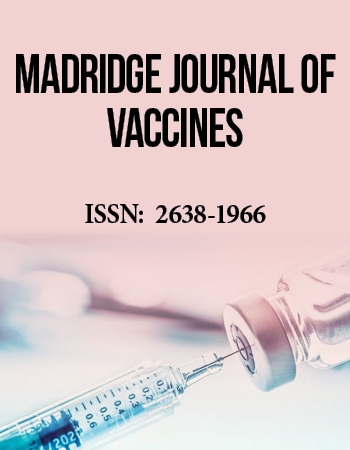International Conference on Vaccines
Feb 20-22, 2017 | Baltimore, USA
Establishing micro-neutralization assays for human viruses using a quantitative PCR endpoint
Food and Drug Administration, USA
Development of vaccines against emerging and re-emerging human pathogenic virusesis a public health imperative. As most licensed vaccines are effective through eliciting neutralizing antibodies, assays that can quantify neutralizing antibodies will likely be crucialin demonstratingvaccineeffectiveness. Neutralization assays traditionallyinvolve infectious virus, and the assay most commonly used is the plaque-reduction neutralization test. For viruses that can be propagated under standard laboratory conditions, such as Biological Safety Level 2 (BSL-2) conditions, the native virus can be used. This is the case for flaviviruses, such as Zika virus (ZIKV). However, for select agents such as Ebola virus (EBOV), this must be doneunder BSL-4 conditions. Because BSL-4 laboratories are uncommon, we have taken an alternative approach. Our approach uses a replication-competent hybrid virus whose genome carries the envelope gene from the pathogenic virus on the genetic backbone of a non-pathogenic virus. We use vesicular stomatitis virus (VSV), since VSV has the advantage that it can, once its own envelope gene is deleted, accommodate envelope genes from various virusesandincorporate this envelope into the viral particle. The resulting chimeric virus uses the heterologous envelope for entry and is neutralized by antibodies that neutralize the native virus. We have constructed hybrid VSVs carrying the envelope genes for several filoviruses. The readout for infectivity is by reverse transcriptase quantitative PCR (RT-qPCR), an approach we established for other viruses. The primers are directed against VSV genome rather than against the specific envelope gene, and thus the assay can be readily adapted to any virus whose envelope can be incorporated into the VSV particle. There are several advantages of our method. First, using PCR as readout allows the assay results to be obtained within 24 hours and frequently within 8 hours. Second, the sample for the assayis a crude lysate from the infected cells, which obviates the need to purify the nucleic acids and thus the assay is amenable to automation and high throughput. Third, the assay as done is in 96-well format, but could be adapted to a 384-well format for the evaluation of multiple sera. To demonstrate the utility of the approach, we have assessed neutralizing antibodies against several filoviruses and have shown that the antibody titersobtained using our assay are in agreement with those obtained using other assays. Thus, we conclude that our approach could be an alternative to other neutralization assays.
Biography:
He obtained his PhD from the MRC Mammalian Genome Unit, University of Edinburgh, UK. Dr Peden carried out post-doctoral work in the Department of Molecular Biology, University of Edinburgh, UK, and then at the Department of Molecular Biology and Genetics with Dan Nathans at the Johns Hopkins University School of Medicine, Baltimore. He spent a year at the Pasteur Institute (1988/89) with Luc Montagnier working on HIV, after which he spent 5 years at the NIH continuing work on HIV-1 and HIV-2 before moving the CBER/FDA in 1994. Currently, he is Chief of the Laboratory of DNA Viruses in the Division of Viral Products, Office of Vaccines Research and Review, CBER, FDA, where his major research focus is on safety issues associated with cell substrates for vaccine production and developing assays to evaluate vaccine efficacy.


